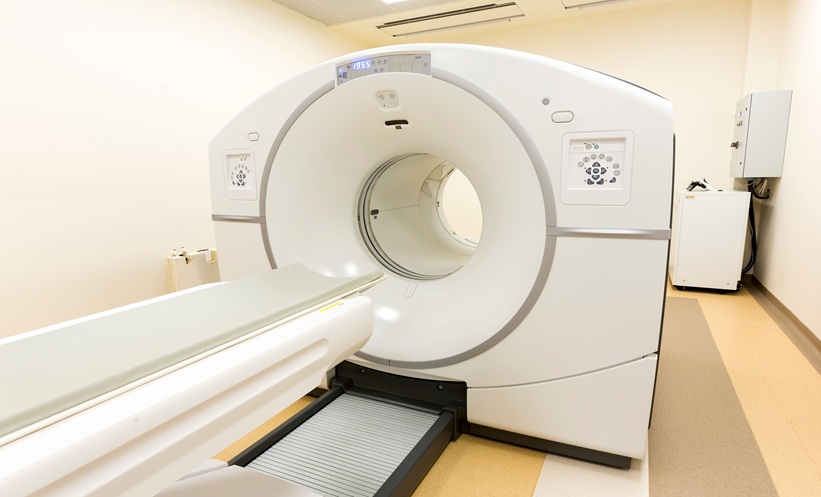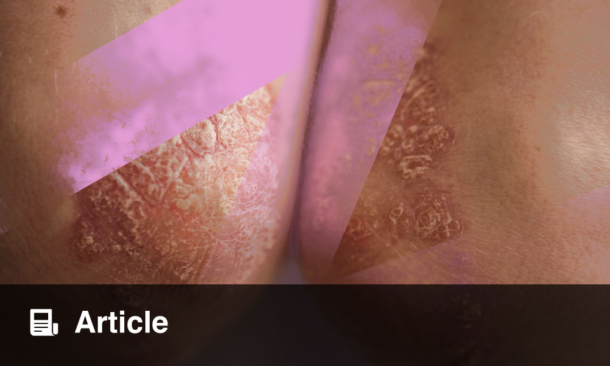INTRODUCTION
This ethics discussion highlights the complexities of treating actinic keratoses (AK) in elderly patients, particularly those in their ninth decade of life or beyond.1 AKs are recognized as precursors to squamous cell carcinoma,2 and timely interventions can reduce the likelihood of progression to invasive disease.3,4
ETHICAL ANALYSIS
Clinicians must carefully balance the principles of beneficence and nonmaleficence, as treatments such as cryotherapy and topical therapies (e.g., 5-fluorouracil with calcipotriol) may cause discomfort, scarring, or dyspigmentation.2 These adverse effects can be especially concerning in older patients whose overall quality of life and comfort may be prioritized over aggressive treatment.
Financial factors also weigh into decision-making. Although cryotherapy is relatively quick and frequently reimbursed,5 it may pose an economic burden on patients and their caregivers. The principle of justice requires that medical resources be allocated wisely, taking into account both the cost to the healthcare system and the patient’s out-of-pocket expenses. Clinicians should remain mindful of whether frequent, potentially painful procedures for minor lesions offer a net benefit for a frail patient with multiple comorbidities.
Finally, respecting patient autonomy is essential. Involving the patient when capacity is intact and any caregivers in discussing goals of care helps clarify the most ethically appropriate management strategy. For some individuals, cosmetically unimportant or minimally symptomatic AKs may not warrant aggressive treatment, particularly if other medical issues take precedence.
CONCLUSION
Ultimately, ethical AK management in advanced age requires a patient-centered approach that integrates clinical judgment, compassionate care, and open communication.







